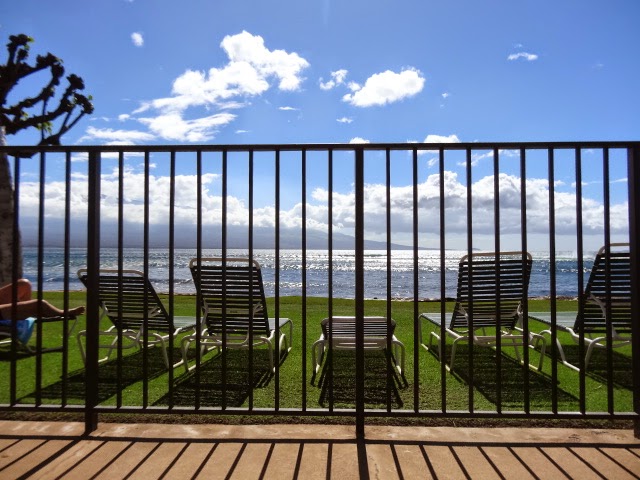
Last night, Tom dropped me back at our place around 7:00 pm after spending the late afternoon at Colleen’s place. Something wasn’t quite right with me, but I didn’t want to say anything in front of the eight of us while playing cards and socializing. Once back here, I changed into my pajamas and settled down to watch American Idol.
Within about 40 minutes of settling in, I felt the Afib hit. I did an ECG on my Fitbit, and it indicated atrial fibrillation. I did every technique possible but couldn’t get it to stop. It felt awful, as always. A few nights ago, the same thing happened when Tom and I were streaming a show at about the same time in the evening as last night. It took about two hours to return to normal sinus rhythm.
Last night, it lasted for about five hours. At 9:00 pm, I took my usual dose of Afib medication, and then around three hours later, it kicked in and stopped. I never called Tom to return to be with me. I know it’s very frustrating for him when he can’t do anything to help me. So, I kept it to myself until he returned about 12:30 am. By then, it had stopped, and I was anxious to sleep.
We’d planned to do laundry this morning, but I didn’t have the strength to sort the clothes and ride in the car to the laundry room. Tom always does all the lifting and putting the clothes into the washers and dryers. But I was too weak to fold the clothes. We’ll do it another day.
After moving around this morning and chopping ingredients for tonight’s taco salad, I feel better but not quite well enough to walk today or do my usual yoga exercises. Tom cooked the ground beef for the taco salad, and all I had to do was chop onions, celery, lettuce, and tomatoes.
I seasoned the meat, and it’s now in the refrigerator to be reheated at dinnertime. It looks like we’ll be staying in tonight. Today, Tom will drop Mary and Eugene at the airport in Mesa and return here for dinner. I’ve insisted he can go if he wants to return to Colleen’s home after dinner around 5:00 pm. But he sounds determined to stay with me.
Last night, I sent a message to scheduling nurse Tina at Cleveland Clinic, asking if she could speed up getting us an appointment date. Having this Afib is indicative that my failing valves are worsening, a sure sign that something must be done before too long.
Cleveland Clinic has the highest survival rate in the US. I am committed to going there instead of any other facility in the country. Sure, there are many good heart clinics in the US, and if it becomes an emergency, I may have to choose another clinic, but right now, I am willing to wait.
I don’t have any of the urgent symptoms indicating surgery must be done immediately: swollen ankles, breathing issues, chest pain, or other angina, although Afib is a known symptom for many patients. I think I can wait a little longer. They’ve seen my reports and surely would get me in sooner if they felt it was urgent. At least, I hope so.
Emotionally, I am fine, although I check my phone each time I hear the email notification ping. We plan to continue our US travels, leaving Arizona on May 1. It’s still 13 nights until we depart Arizona. If anything worsens, we’ll go to emergency at one of Cleveland Clinics’ associated hospitals in Arizona.
Otherwise, today’s weather is beautiful with a high of 88F and sunny skies. We use the aircon at night but turn it off in the morning and open the screened sliding door for fresh air. A few minutes ago, almost at noon, Tom turned it back on when it started getting very warm here. Park models can get hot quickly, but the excellent whole-house aircon units cool it down in minutes. Whenever we leave the unit, we turn it off.
I will try a little walking now and see how that goes. We hope all is well your way.
Be well.
Photo from ten years ago today, April 18, 2014:





























































